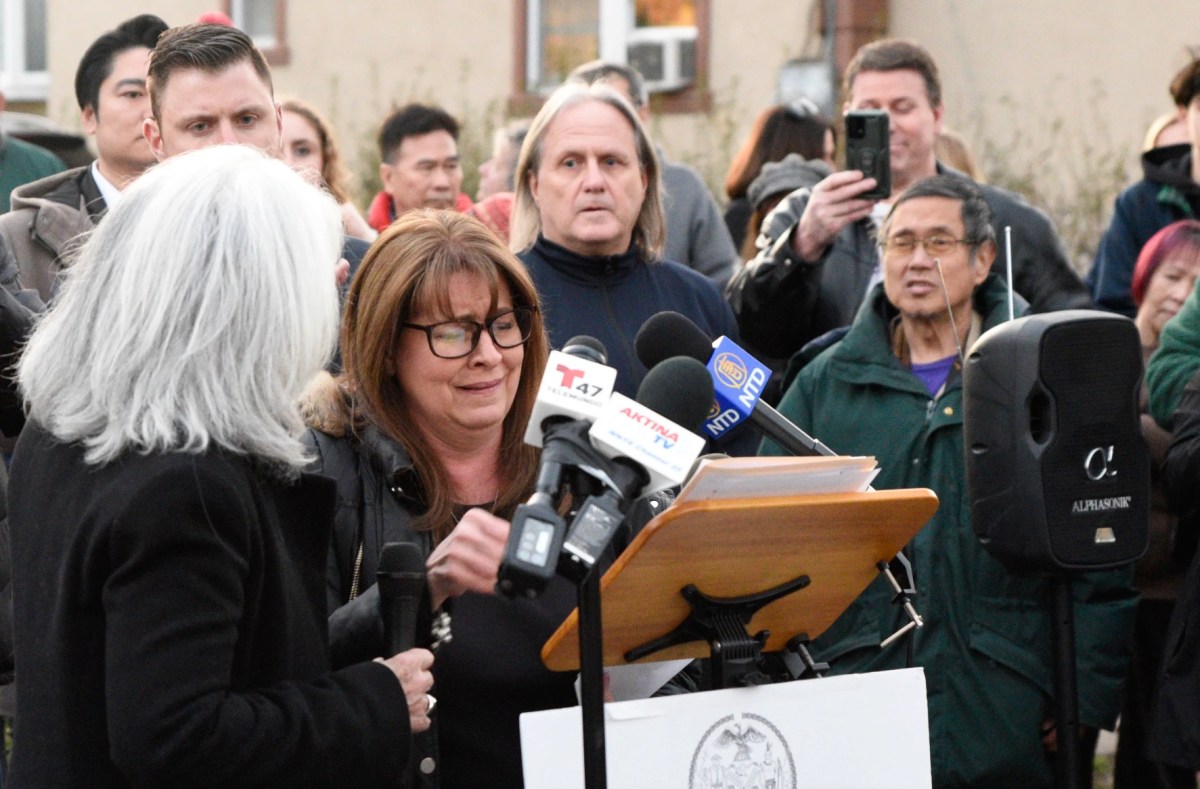Thinking about Aboriginals as living mostly on reservations gets it wrong — three-quarters of all Aboriginals in Canada live off the reserve, and most of them live in cities.
We hardly ever think of Aboriginals as city people unless we see one on skid row. But that’s an occasional thing, since most Aboriginals are fairly well integrated into the rhythms of city life. Some say they might be too well integrated and are losing touch with their roots and traditional culture.
The links between the reservations that youth leave and the big cities are not nearly as strong as they should be. Choosing to leave is often seen as the abandonment or rejection of tradition, and that feeds into the culture shock that puts some Aboriginals in trouble in the city.
What’s needed to ease the transition is the same kind of support that newcomers from other countries need to survive as they adjust to a new culture: An understanding social network to fit into, and a good place to learn skills that will translate into paying work in the early days.
Seventy-five years ago, Mohawks found a social network in the city that involved them in high steel construction work on Toronto’s skyscrapers. They were so well-defined in this niche that it was assumed they had an innate ability to work with steel high in the sky without fear. But they were simply acting in the ways immigrants have always acted, by fitting in the city mould their social networks had already defined for them.
The high steel niche is no longer available for Aboriginals, just like being a police officer is no longer the preserve of the Irish. The challenge now for Aboriginal youth is finding a good place to fit in. They need that in order to get their feet on the ground and find their own way in the big city. That’s where more thought and energy is needed now.
















